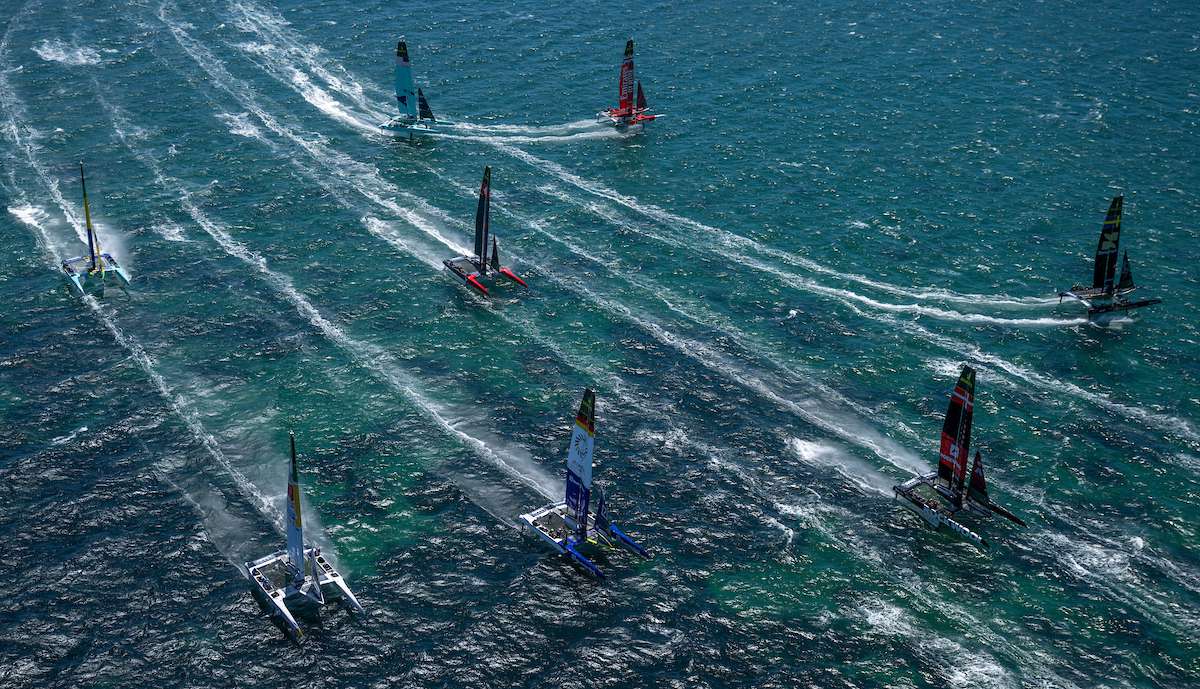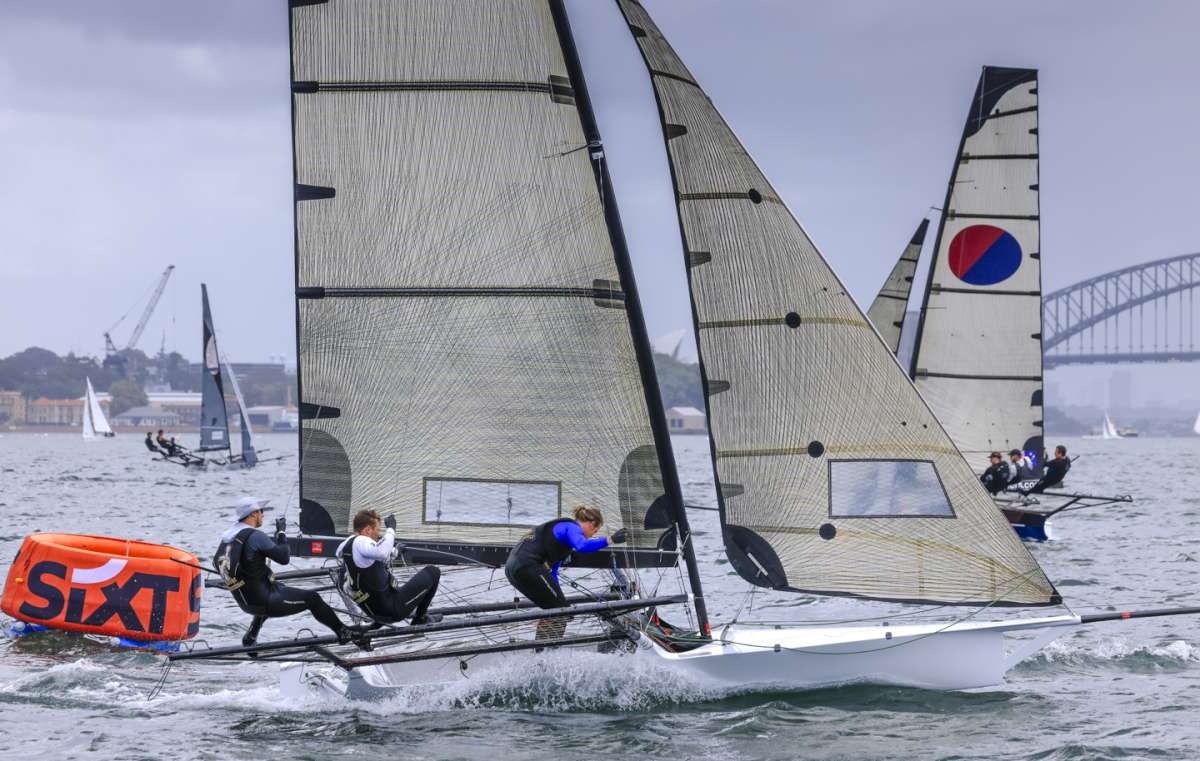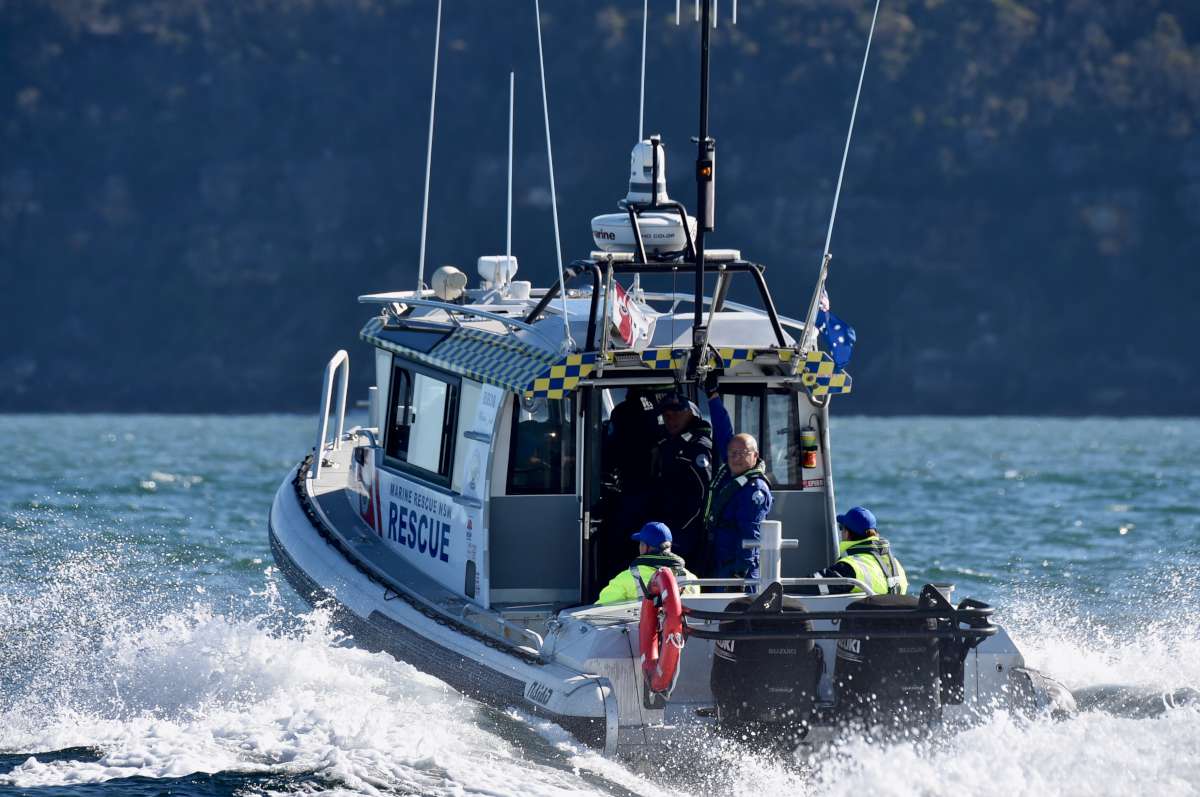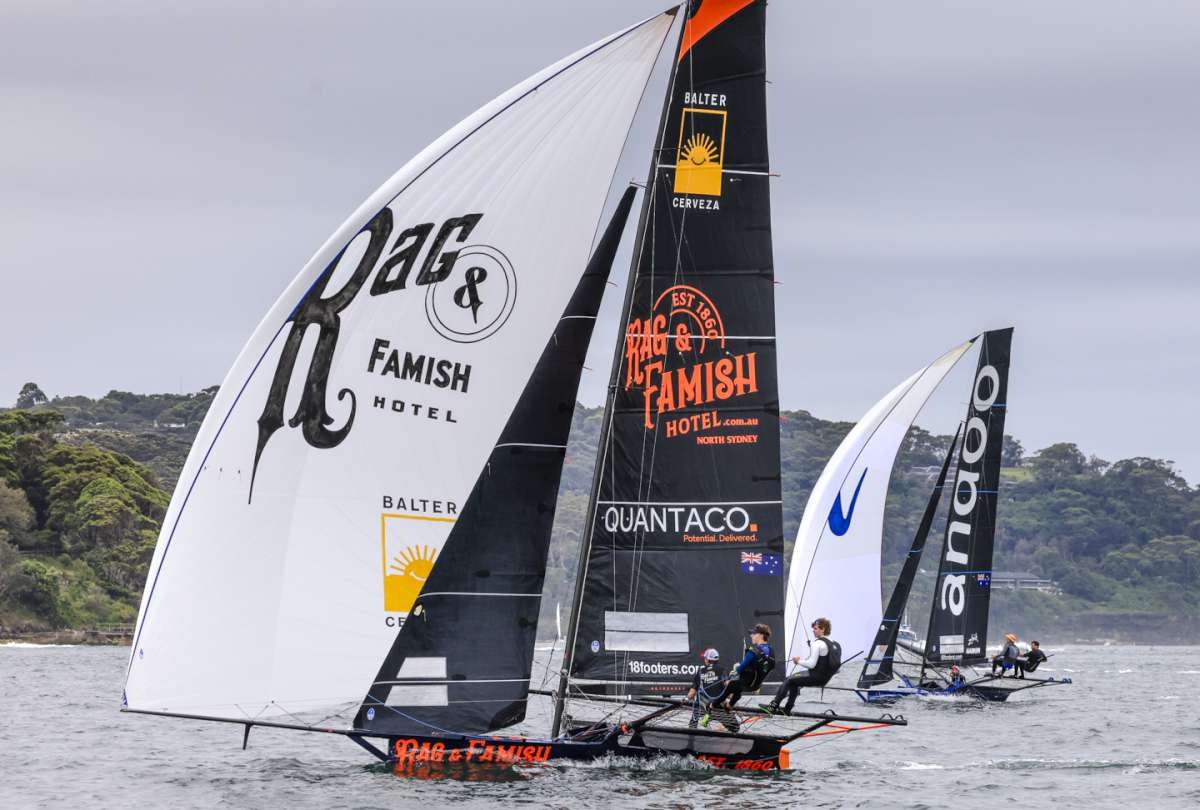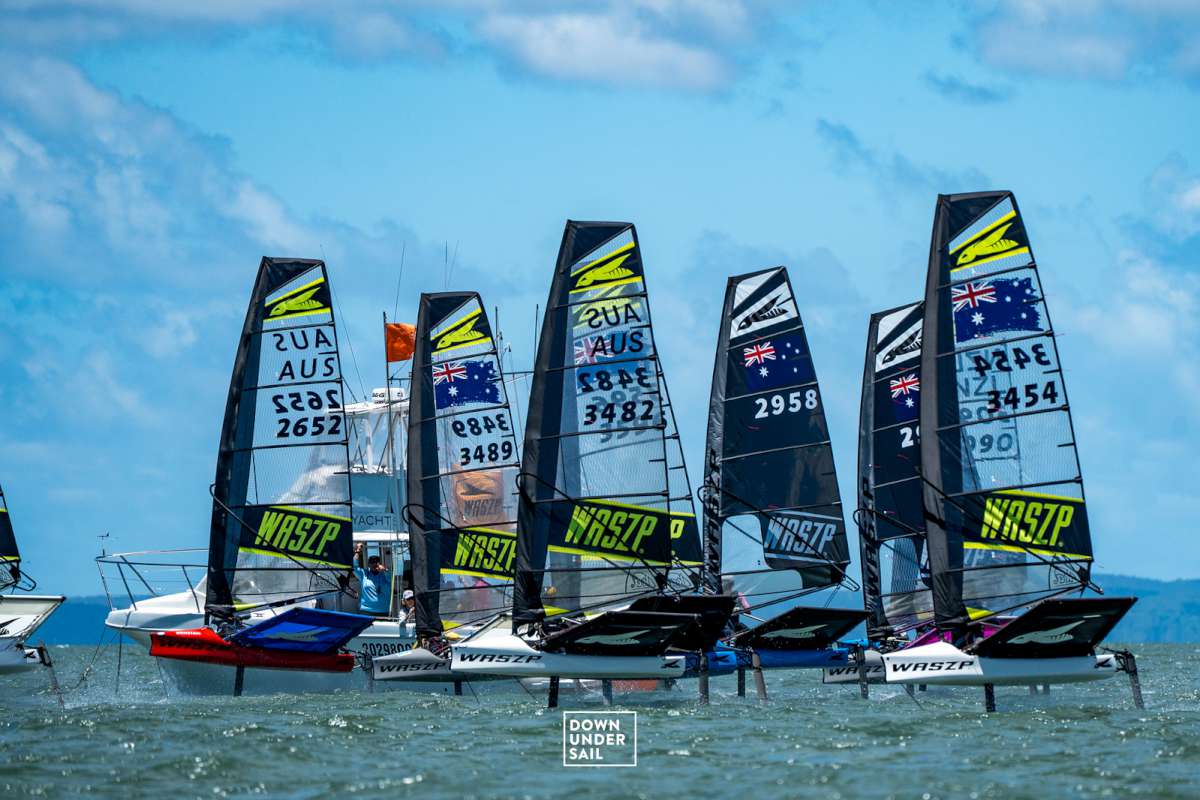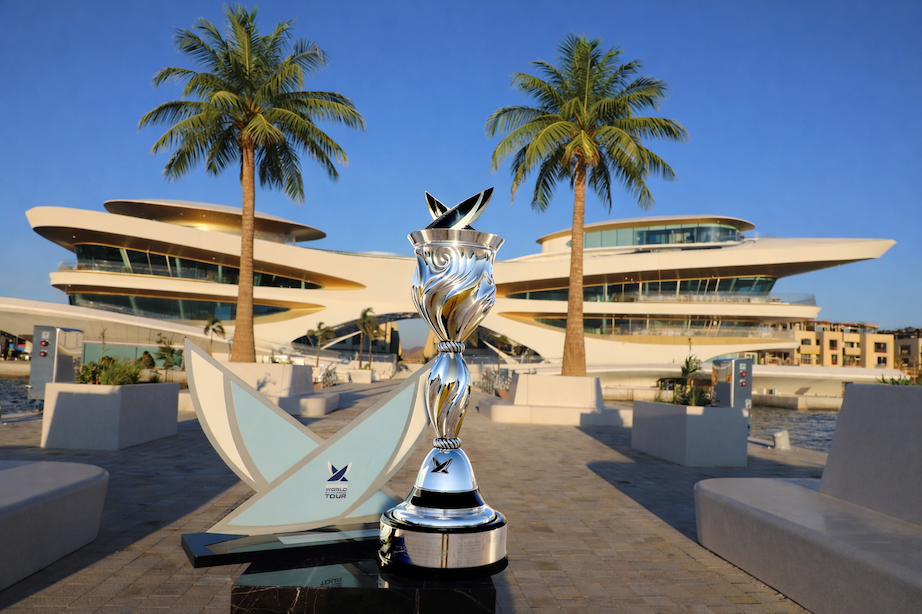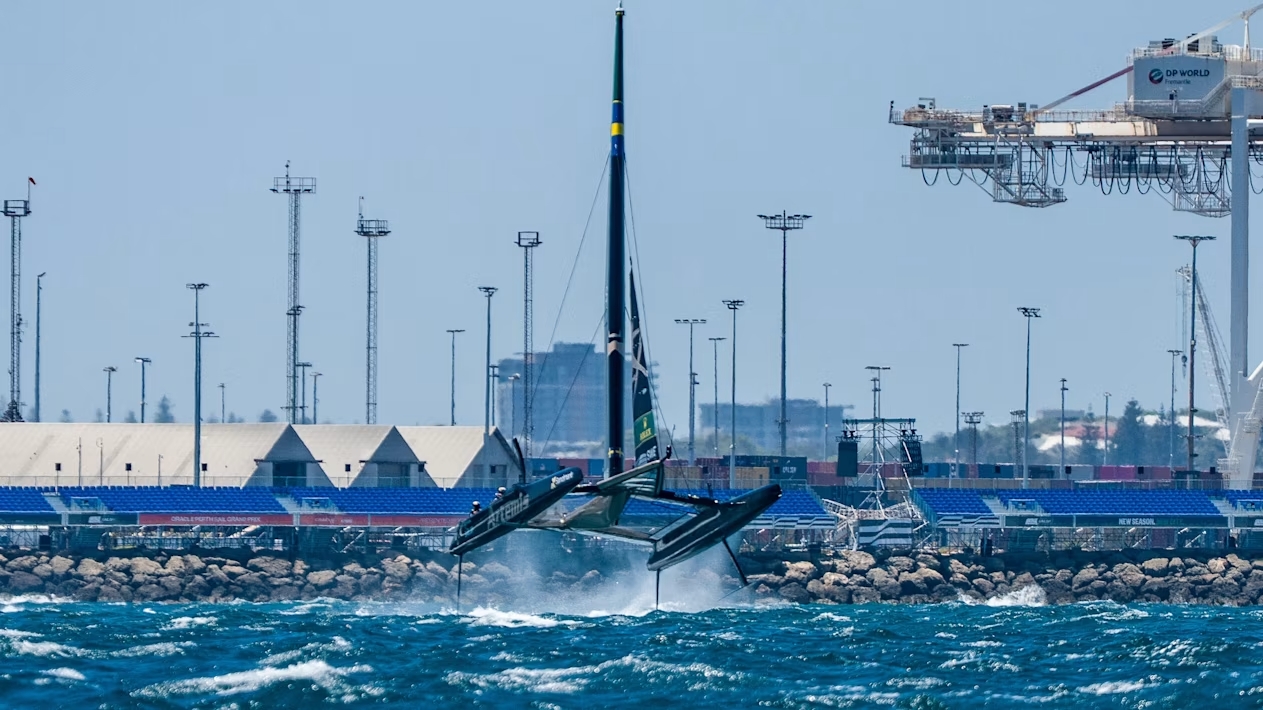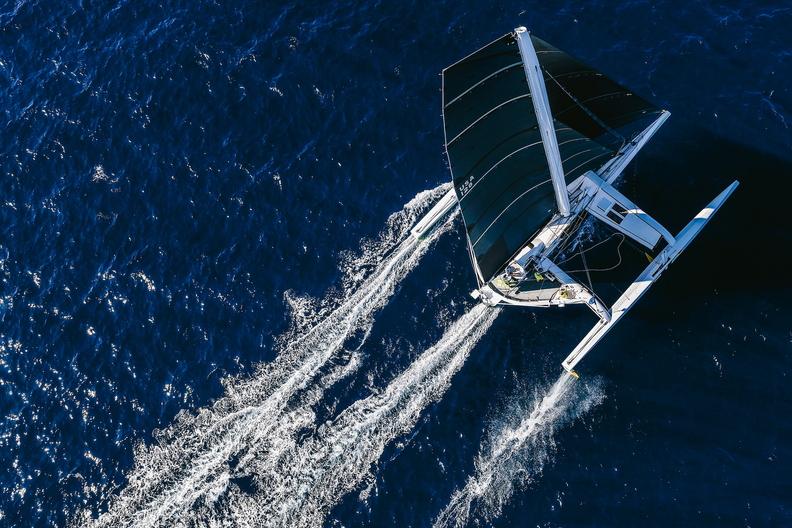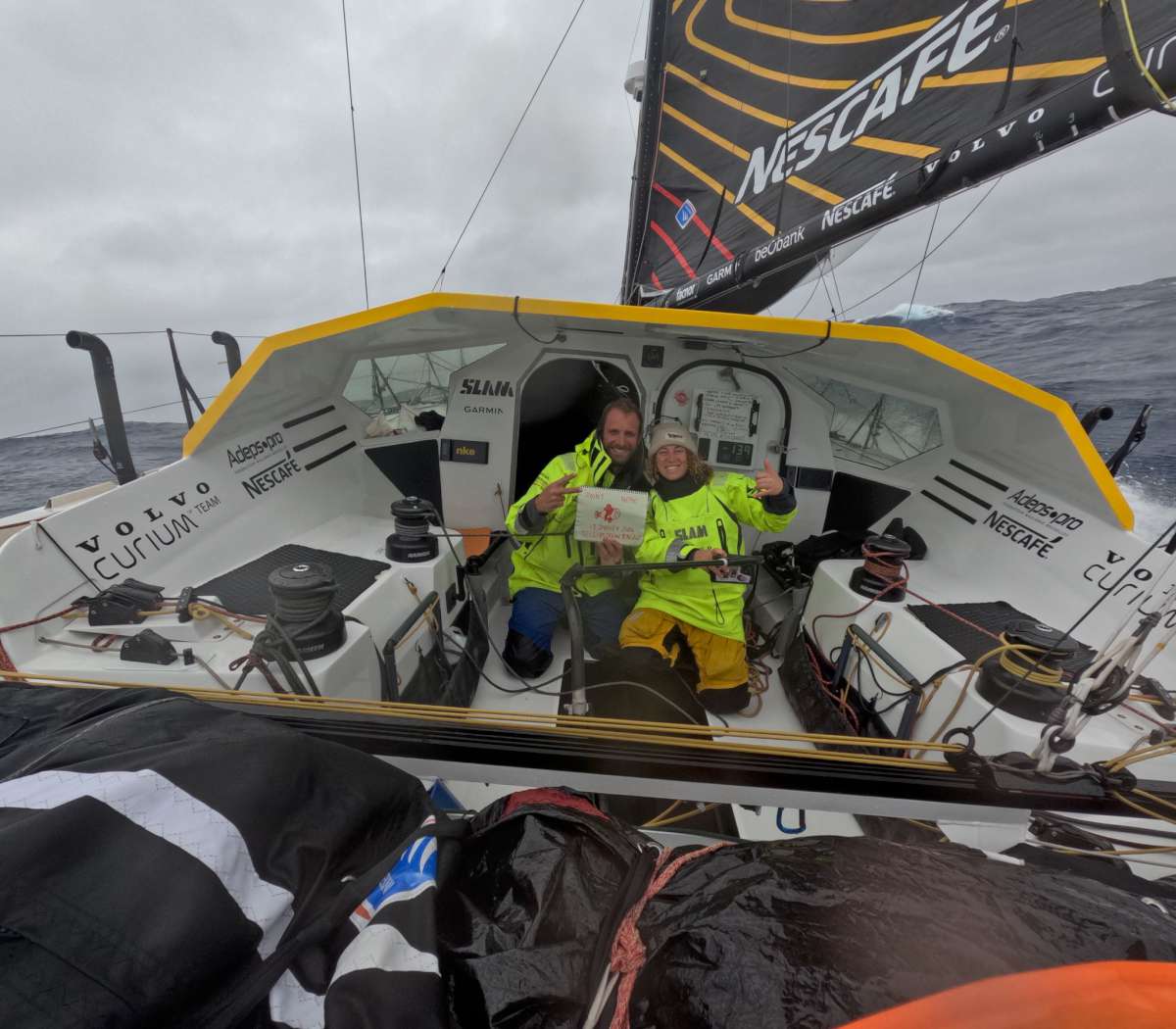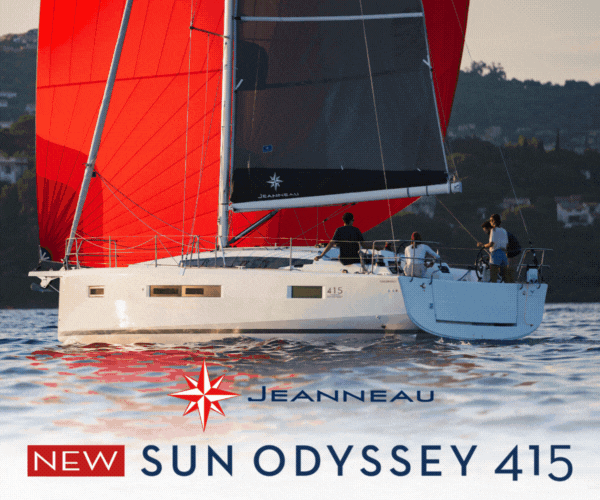Heading up the far north Queensland coast is about as good as it gets, reports Keith Fleming from the deck of the cruiser Sealark 2.
Coral Sea cruise
The magical islands and coastal wilderness of north Queensland are a big drawcard for yachts leaving the southern ports of Adelaide, Melbourne and Sydney. Most travel the well-trodden cruising route up the Queensland coast to the beautiful Whitsunday’s. But for the hardy few, there is even more magic further north, where the Great Barrier Reef closes the coast on the edge of the Coral Sea. Cruising this region, as we did this year, up to Lizard Island and its tranquil surrounds of National Park, takes time. The one thing to remember about cruising is that your voyages are dictated to by the weather and some years you cannot travel as far as you want. But this year we were lucky, despite the strong winds. Having travelled this route over many years, I can assure all new cruisers that these destinations are wonderful. This year I had the opportunity to retrace old steps once again with a trip from Port Douglas north to Lizard Island and back south to Bowen. The trip reinforced the pleasure I received from the many voyages in my own yacht, but this year I was crew for Jim and Esme Gilbee, owners of the cruising boat Sealark 2.
Like all cruisers we had to wait for a break in the 25knot south-easterlies so spent some time stocking up and catching up with people we knew from previous cruises. The rigging had been upgraded at Port Douglas and everything was ship-shape for the trip.
A slackening of the wind allowed us to leave and head the eight nautical miles to the Low Isles. The area is dominated by the 20m high lighthouse and its surrounding reefs are popular snorkelling spots for Cairn’s tour operators. But for our visit a big swell was still running and a couple of nights of jiggling about in the high tides persuaded us to move on to Hope Island. All we required was about half the genoa unfurled for a quick trip to Hope, about 20nm south east of Cooktown. It was good to see that the National Parks authority had installed a couple of moorings there. Hope Islands National Park is made up of four islands, the low-lying cays of East and West Hope islands, Struck Island and Snapper Island. Two nights there and a walk around the reef platform was a way of stretching the legs and checking out nature, but beware of some restrictions during bird nesting times. These islands are considered among the most important bird-nesting sites in the Cairns area of the Great Barrier Reef Marine Park. The islands are part of the traditional sea country of the Kuku Yalanji Aboriginal people, who continue to hunt, fish and collect in the area. But for seafarers the reefs have to be watched, as even Cook found out to this cost. He named the islands in 1770 when he struck a nearby reef. The reefs around the islands have also claimed a number of other ships in the past.
After departing Hope and closing the five miles to the coast we sailed past the Bloomfield River entrance which brought back memories of spending a week upstream in a yacht that drew 2m of draft. We had to get out after a week or we would have been trapped in there for another three weeks as we waited for another higher tide. The lesson here was knowing the tides and how to read them.
The wind was still blowing at 20kts so we decided to pass Cooktown in favour of Cape Flattery. Once again half a genoa was all that was required for a comfortable trip. Many cruisers seem to think the mainsail is used everywhere you go, when in fact with the wind behind, the headsail by itself is all that is required. Sailing can be very uncomfortable when you are overpowered and in cruising, being comfortable is everything. I had only been behind Cape Flattery once before and was pleasantly surprised how protected the anchorage is in a big south-easter. The next day was only a half-day trip in the same weather to our destination, Lizard Island, named by Captain Cook in 1770 after the big goannas that still roam the place. It is nice to return to one of the most beautiful anchorages on the coast.
When we arrived there were 25 yachts in the anchorage, but room for plenty more. Watson’s Bay is excellent holding in sand and catamarans can almost anchor on the beach. The bay was named after an intrepid women, Mrs Watson, who in 1881, after being attacked by Aboriginals, cast herself adrift along with her child and wounded servant in a big cooking pot, only to perish on an islet near Cape Melville, as testimony in her diary told. The remains of her cottage can still be seen.
This fascinating place kept us enthralled for three weeks but the wind rarely abated below 20kts, reaching 33kts at times. But the protected anchorage sheltered us from the worst of it. For first timers to the island, there are a few points of etiquette and general tips for the busy anchorage:
You mostly anchor in about 3m of water and the idea is to drive up to the stern of an anchored boat and drop your anchor right at the stern. This allows more boats to anchor closer up to the beach. We use the term ‘dropping your anchor in their cockpit’ almost literally. Also, if someone leaves, don’t be frightened to slip into their place.
Normal GSM mobile phones do not work. If you have a CDMA and a 9db external aerial, you will have good phone. There are a couple of public phones at the Marlin Bar at the Resort. If you do not have an external aerial for your phone, you can get some reception on Chinaman’s Hill and over at the Blue Lagoon on the western side of the island as well as half way up Cook’s Lookout. It was from here that Cook spied the Endeavour’s escape from the maze of surrounding reefs.
The island airport is quite busy with scheduled flights from Cooktown and Cairns, so it’s a good place for meeting guests and crew. The upmarket resort is out of bounds but you can buy fuel in your drums from the water sports facility. Conveniently, you can also buy gas. For keen fishermen, October is the time to visit, as a major marlin fishing tournament is held. We counted 42 game boats along with many ‘mother’ ships for a week.
Spending our time at such a popular and friendly anchorage is all about the social side of cruising – catching up with friends on other boats, happy hour each afternoon on the beach and going for walks. Then there are the chores, of course – fixing boat problems, going ashore to the pump to get water and wash the clothes. There is always plenty to do and there are reefs right beside the anchorage on which to snorkel with plenty of brightly coloured coral and fish to ogle. Big clams abound among the rocks and visibility was excellent. Because the island is so far offshore, the water is exceptionally clear and you can see the seabed everywhere in the anchorage. Some cruisers stay a couple of months and I can see why.
During our stay there really had not been a break in the weather for a couple of weeks so when a break does come everyone makes a run for it and on the day we departed five other yachts hauled there anchors with us and left. We departed in 15 kts of breeze so we put a reef in the main and bashed south into it. But it got worse so it turned into a motor-sail all day to Cooktown. It was a relief to get into a calm anchorage and the bedraggled crew patronised the laundromat the next morning and then headed for the supermarket. Once again we had to wait a couple of days wait for a weather window and then motor-sailed right through to Low Isles. Once you get a break you keep going. Next day we made the long trip to Mourilyan for an overnight anchorage. Next morning off again early, weaving our way through the North Barnard Islands. Navigating this archipelago is possible, rather than going around the area, and it’s a much shorter trip with deep water on the inshore route. The hump-backed Dunk Island was our destination with two very good anchorages depending on the wind direction. We stayed here a couple of nights to meet up with friends in their catamaran out from the Hull River.
A slow trip to Cape Richards followed which affords a good overnight anchorage on Hinchinbrook Island. Next day we planned to visit Zoe Bay. This bay is open to the west and not a good anchorage for overnight in a keel boat. It is a small bay about half a kilometre long smooth beach that is very shallow with a large expanse of tidal sand that you could land a plane on at low tide. This bay is ideal for catamarans with a good deep creek at the north end that is very safe but unfortunately there is not enough water to get in with a keel boat. Catamarans can also anchor up in the entrance to the creek at the south end but this is very shallow and even the multis will end up on the sand. There is a camp site on the south end of the beach and track leads off from here to a waterfall and swimming hole. It takes about 20 minutes for the easy walk, but take your swimmers for the cool dip at the end. It is quite a deep pool, full of jungle perch. It is a must-visit place on a cruising route but remember to make plans to just stay for the day if you have a keel boat. The next anchorage south is Pioneer bay on Orpheus Island which is about two hours away. Often cruisers take the inside route past Hinchinbrook Island on the way north and visit Cardwell and then go via the outside including Zoe Bay on the way south.
We day hopped from Orpheus to Horseshoe Bay on Magnetic Island, just off Townsville, then rounded Cape Upstart to Sealark 2's home port of Bowen, to end a wonderful trip, leaving us with many happy memories. So, if you haven’t done the trip north to Lizard Island, put it on your itinerary.




